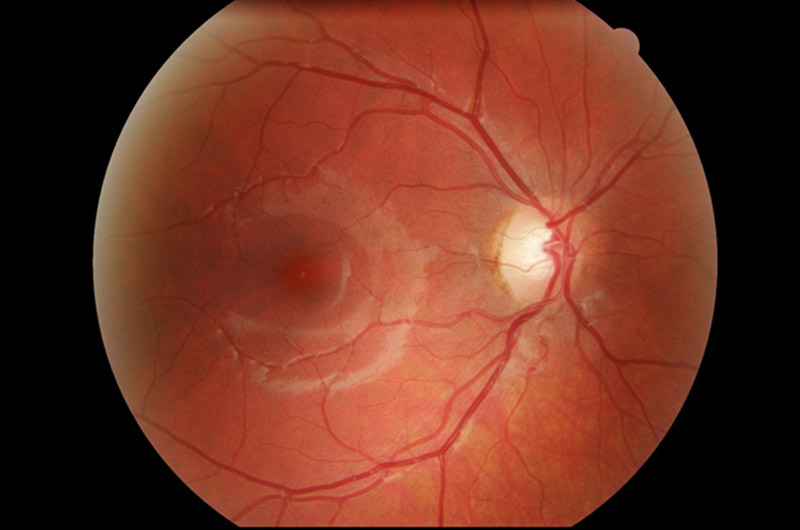
The Crucial Importance of Regular Eye Checks for Diabetic Retinopathy
In the intricate web of health concerns that accompany diabetes, one often overlooked aspect is the potential impact on vision. Diabetic retinopathy, a condition affecting the eyes, is a serious and potentially sight-threatening complication of diabetes. Regular eye checks for diabetic retinopathy are not just a precautionary measure; they are a crucial component in preserving one’s vision and overall well-being.
Understanding Diabetic Retinopathy:
Diabetic retinopathy is a progressive condition that occurs when high blood sugar levels damage the delicate blood vessels in the retina. Over time, these blood vessels can weaken, leak, or even close off, leading to vision impairment or, in severe cases, blindness. The risk of developing diabetic retinopathy increases with the duration of diabetes, emphasizing the need for ongoing monitoring.
Early Detection Saves Sight:
One of the most compelling reasons for having regular eye checks for diabetic retinopathy is the opportunity for early detection. In its initial stages, diabetic retinopathy may not present noticeable symptoms. Regular eye examinations, however, enable eye care professionals to detect subtle changes in the retina, allowing for timely intervention.
Timely intervention is crucial, as advanced stages of diabetic retinopathy can be more challenging to treat. Laser therapy, injections, or surgery may be recommended to prevent further damage and preserve vision. Early detection not only enhances treatment options but can significantly slow down or even halt the progression of the disease.
Comprehensive Eye Examinations:
Diabetic individuals should undergo comprehensive eye examinations at least once a year, even if they do not currently experience any vision problems. These exams go beyond the standard vision check and include a thorough evaluation of the retina, optic nerve, and other structures within the eye.
During the examination, eye care professionals will often use advanced imaging techniques and perform a dilated eye exam to get a comprehensive view of the retina. This allows them to identify any signs of diabetic retinopathy, such as hemorrhages, swelling, or abnormal blood vessel growth.
The Role of Lifestyle Management:
In addition to regular eye checks, effective management of diabetes through lifestyle modifications is essential. Maintaining stable blood sugar levels, adopting a healthy diet, engaging in regular physical activity, and managing blood pressure are crucial components of diabetes care that can positively influence the progression of diabetic retinopathy.
Empowering Patients:
Understanding the importance of regular eye checks for diabetic retinopathy empowers individuals living with diabetes to take control of their eye health. By prioritizing these screenings, individuals can actively contribute to the preservation of their vision and overall quality of life.
Conclusion:
In the intricate tapestry of diabetes management, preserving vision through regular eye checks for diabetic retinopathy is a pivotal thread. The eyes serve as windows to one’s health, and proactive measures, such as comprehensive eye examinations, play a critical role in safeguarding against the potentially devastating effects of diabetic retinopathy. Prioritizing eye health is not just a matter of vision; it’s a proactive step towards a fuller, healthier life for individuals living with diabetes.




